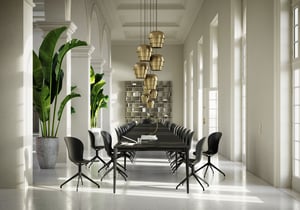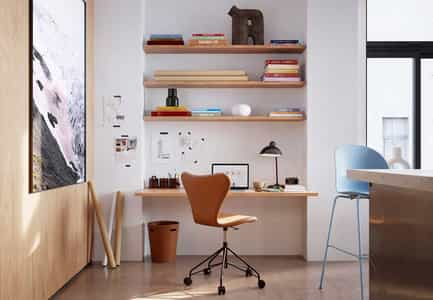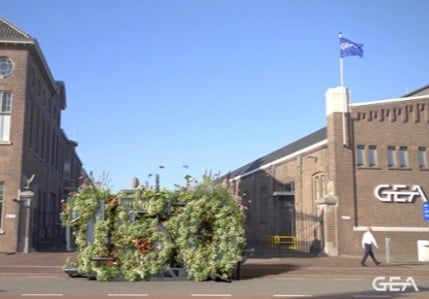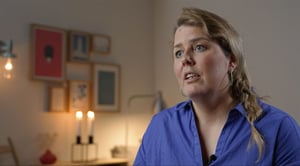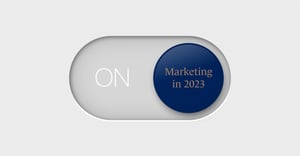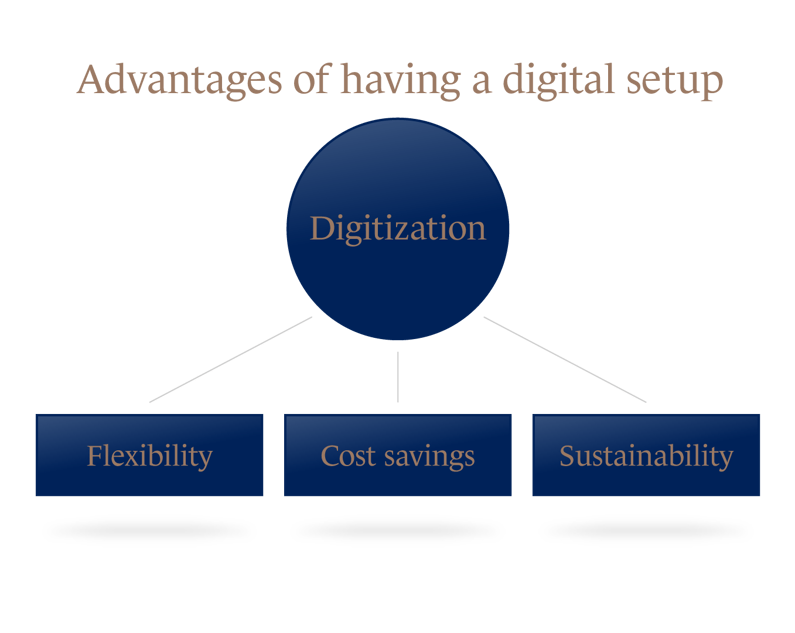
Keep advertising through times of crisis
We’ve seen it before and we’re seeing it again these days - companies halting their marketing efforts in uncertain times. When your customers aren’t buying new things in the foreseeable future, it’s tempting to save on your ad spend. It’s not that we don’t understand the motivation to save on advertising in dire times. It’s just that it’s probably a wrong decision. Your brand - and market position - is on the line.
We’ve helped large brands navigate through rough seas before, and our compass is of course digital. A digitization of your content will give you an extremely flexible output for a fraction of the cost of an analog photo shoot – and with far lesser impact on the environment.
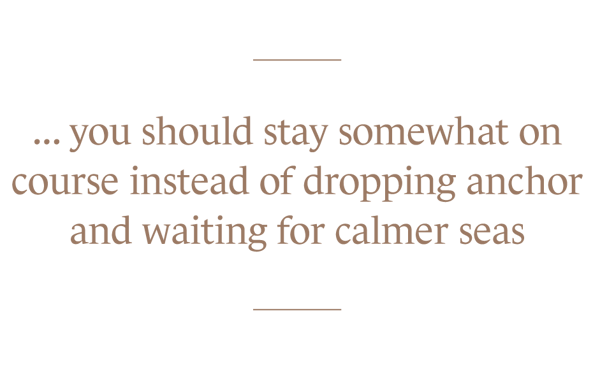
Sure, you should make adjustments to your marketing strategy – but you should stay somewhat on course instead of dropping anchor and waiting for calmer seas. Here’s why.
Learning from the last recessions
War, inflation, Covid and the myriads of other bigger and smaller issues that make up this current crisis are all serious on their own – and very serious in combination. But we’ve seen crisis, recessions, and dire times before, and we luckily have a lot of learnings to help us through this one.
It’s probably not surprising that we’re in favor of keeping a foot on the marketing pedal, but research is on our side in this one. A few noticeable studies have been made on the impact of advertising – and the lack of same – through a recession.
A highly cited - but hard to find – study by McGraw-Hill focuses on the energy recessions from the early 80’s. The findings are very clear; Companies, that kept advertising through the recessions, saw a sales increase of 256 percent after the recessions – as compared to a mere 18 percent increase from those who paused their marketing.
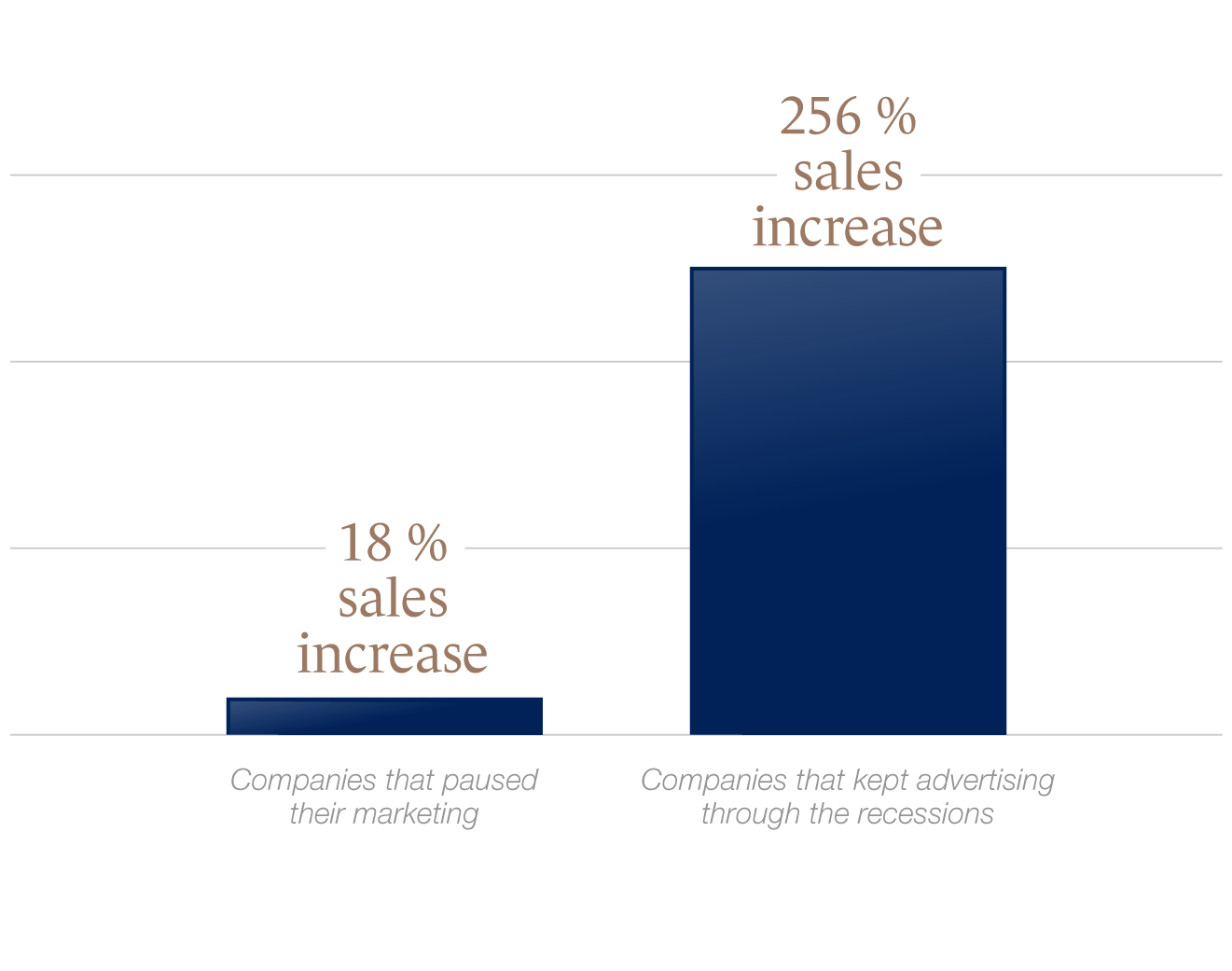
Pausing your advertising, or ‘going dark’, can have even bigger impacts, and a Millward Brown study from 2008 showed that more than two thirds of the brands that went dark during the 2007 recession suffered brand damage that lasted for years after the recovery of the market.
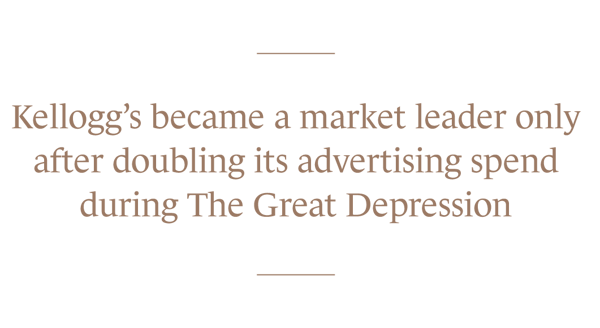
The list of research confirming the necessity of advertising is very long – and opposing views are hard to come across. Forbes had an interesting article a few years back where the magazine cited the advantages of advertising during adversity – and gave a few fun examples. Kellogg’s became a market leader only after doubling its advertising spend during The Great Depression, Amazon grew its sales by 28 percent during The Great Recession – and mighty McDonald’s lost large market shares to visible competitors during the 1990 recession due to going dark.
It's all about the brand
While it might be hard to see a short-term return on advertising spend in a climate where consumers are pinching pennies, it’s important to stay visible – and to keep your comfortable spot in your customer’s mind. Don’t give them the option of forgetting you, or you’ll have to start from scratch once the food and energy bills have become reasonable again.
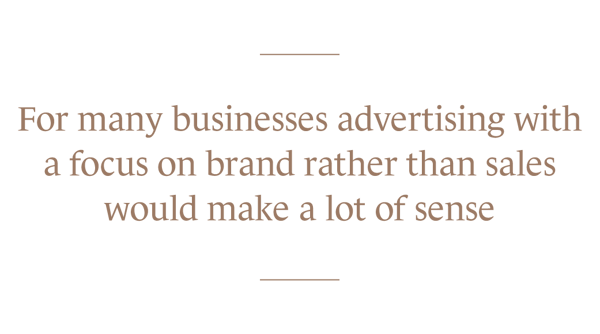
For many businesses advertising with a focus on brand rather than sales would make a lot of sense. Especially in those product areas where purchases are more often postponed. This crisis is however somewhat different from the previous ones when it comes to marketing.
In the previous recessions we didn’t have the tools or knowledge to target our ads the way we do now. Not everyone’s been hit equally by this recession, and some customers still have plenty of available income. Besides grouping your customers based on income, geography can be an interesting factor to differentiate your marketing based on.
In Denmark, for instance, there’s a big difference in how hard the energy crisis is hitting consumers. Houses heated by electricity or natural gas are harder hit than the small majority who get their heat from district heating. Unless the district heating uses natural gas, of course.
The point is that some of your customers are still open to purchase your products – and all are probably open to your brand propositions.
Staying in mind is staying ahead
A front row seat in the mind of your customers is of course almost invaluable - but slipping too far back is potentially disastrous. There's a large uncertainty when it comes to the world we're returning to on the other side of this crisis and it's more than likely that consumer behavior will change drastically in the coming years.
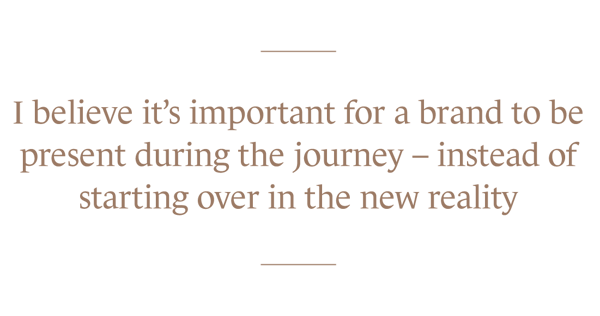
For political, environmental, and economic reasons. I believe it’s important for a brand to be present during the journey – instead of starting over in the new reality.
In Denmark, where our headquarters are, we’ve seen an odd post covid phenomenon where theatres and venues have all been going through hard times after things have gotten back to normal – or whatever we call these years of constant crisis. People aren’t buying the expected number of tickets – even though we all assumed they’d fly off the shelves after a few very dull seasons of streaming meetings and movies in woolly socks. Many venues are really struggling with declining sales, and it has left many in the business baffled.
We don’t know if the theatres overdid their openings with everyone bursting out with everything at once – or if the customers figured out that they just didn’t need live entertainment anymore. And who knows if advertising during the lockdown would have changed this. My best bet is that feeding an appetite for culture during the lockdowns would have sold more seats.
Release your potential
We ourselves at Cadesign are keeping to our marketing strategy – of course making some adjustments and actually further investing in some areas. We are confident that this is simply the best decision. With more than 25 years in the business, we’ve seen our share of ups and downs, and especially The Great Recession comes to mind. We helped businesses release their potential and make bold marketing decisions, and the results were unambiguously good.
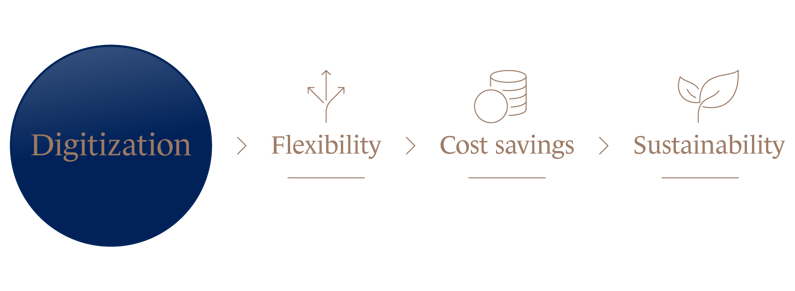
We’ve helped many industry-leading companies make their content digital, and the advantages of having the flexibility of digital imagery in times like these are many.
- A digital setup is quick to pause – and start up again, and you can easily up- or downscale your output. We can also swiftly adjust both settings and tones to match the reality we’re in right now – for a fraction of the cost compared to classic photo shoots.
- Digital content can be cutting edge for a fraction of the cost. Once your product has been digitized, it’s both (fairly!) cheap and easy for us to deliver top shelf content in very large quantities.
- Digital content really does save on resources. Not only is digital content made without moving people or products around the globe for extensive and expensive photo shoots – it’s all brain- and processing power – powered by wind. Digital imagery can also be recycled, reimagined and reused in infinite ways, and we’ve helped many clients in the recent years in their pursuit of becoming more sustainable businesses.
Stay relevant, and stick to your marketing.
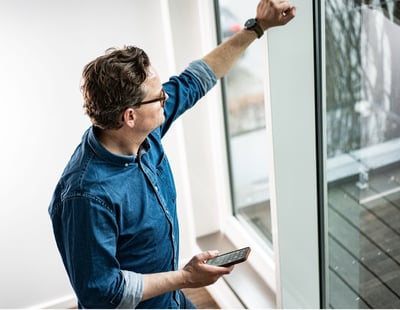
Christian Bennike, CMO, Cadesign form

